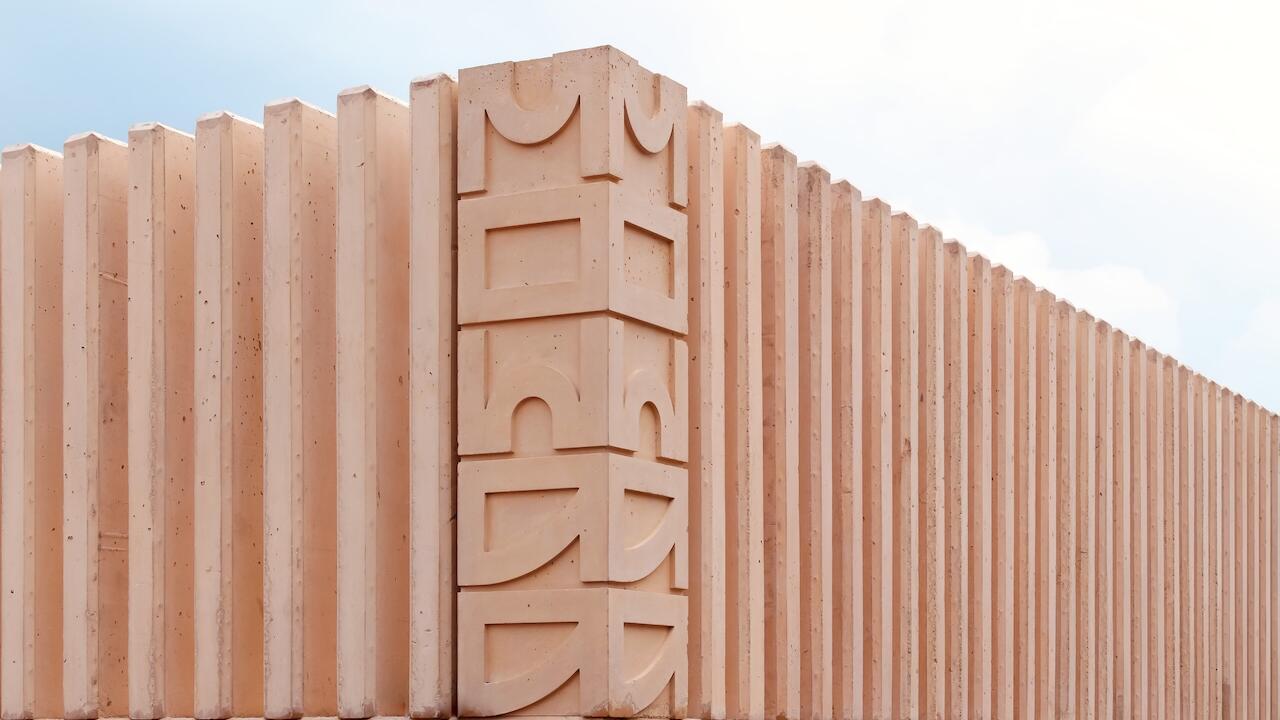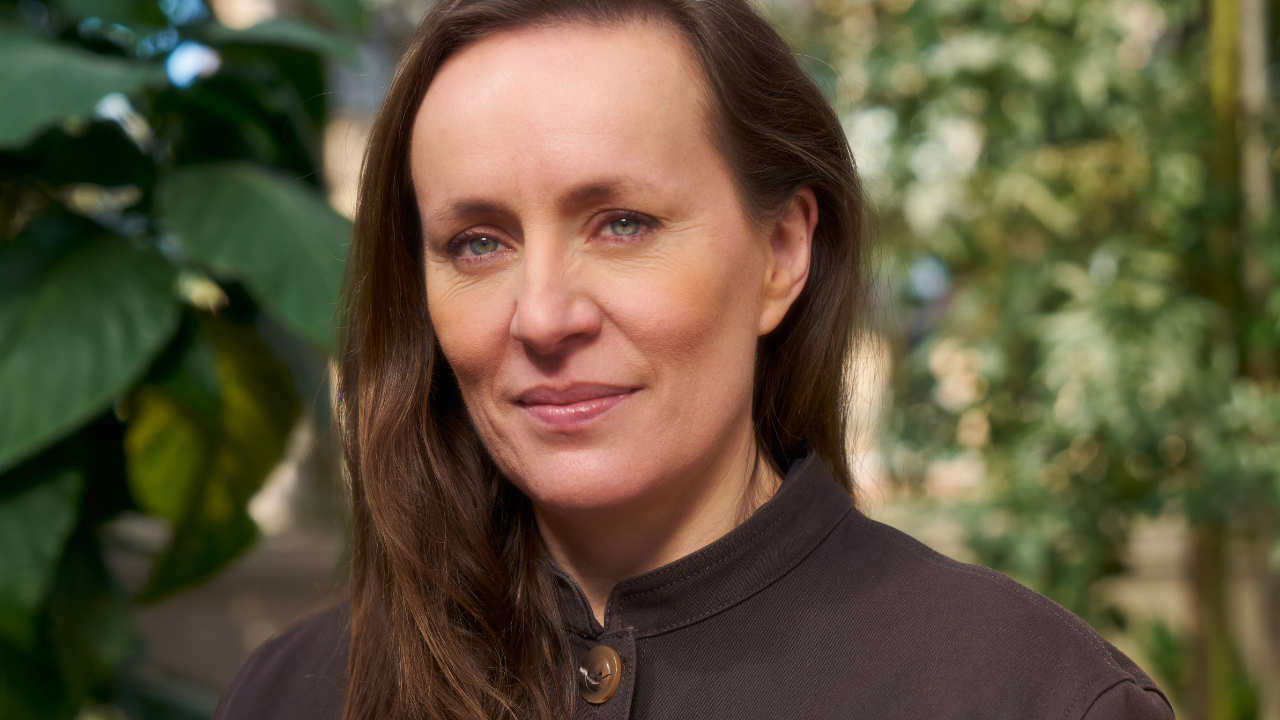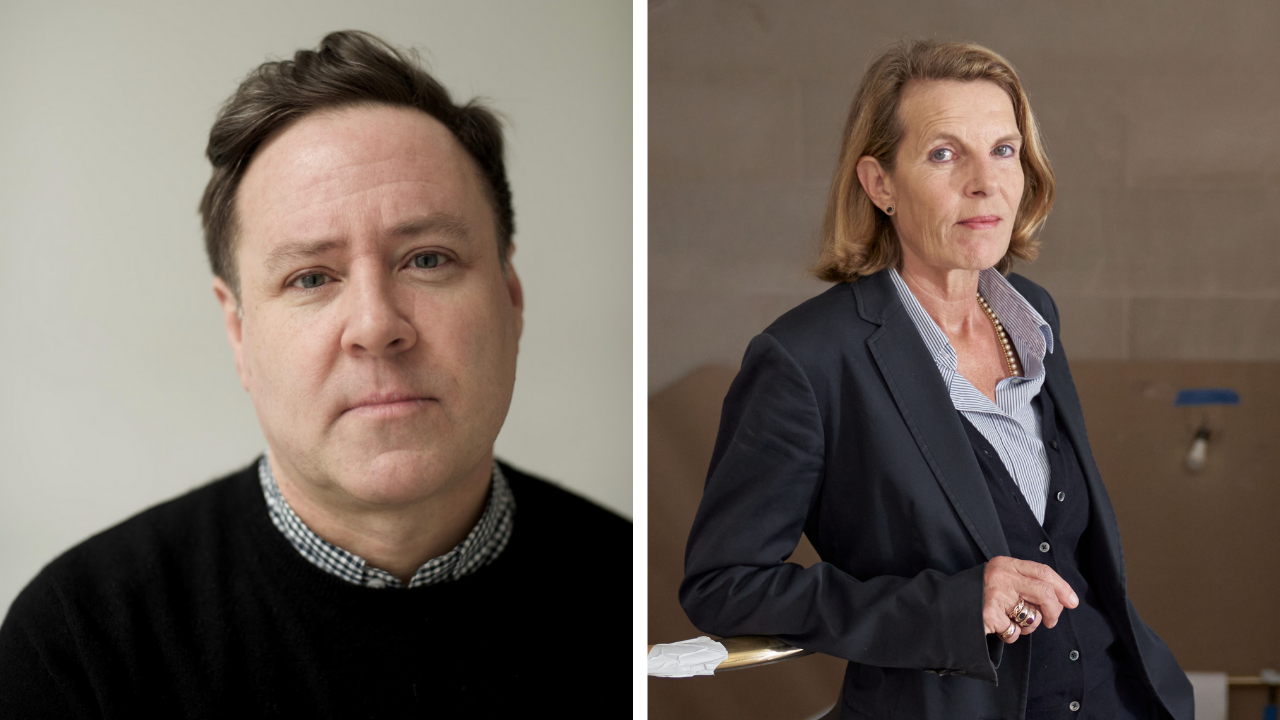Reasonable and Unreasonable
Beatrice Wood
Beatrice Wood
'I was born in 1703,' the artist Beatrice Wood has often told people, teasing them with her cheeky deadpan delivery and sidestepping an onslaught of questions about her illustrious past. All the marvellous stories associated with Wood's life, she will readily admit, are indeed true: she completed finishing school - typical for a young lady of her era and class in New York - and attempted to escape the confinement of her family by moving to France. While living there, she did glimpse through a hedge to catch sight of Monet painting in the garden at Giverny, she studied drawing at the Academie Julien, and attended the scandalous premiere of Stavinsky's La sacre du printemps. When the First World War began, Wood returned to the United States and soon found herself in the middle of the New York Dada movement. Living with her parents and performing as an actress with the French Repertory Company, she began to frequent the salon evenings hosted by modern art collectors Walter and Louise Arensberg. She was introduced to new ideas in the company of a remarkable generation of artists, musicians and writers - Marcel Duchamp, Henri Pierre Roche, Edgar Varese, Man Ray, Francis Picabia... Wood began to write three lines a day in her diary and continued to make drawings; her pictures, conveying romantic interludes, restless moments, and ill-fated adventures, comprise a visual record of her increasingly avant-garde life.
In 1928 she headed out West, leaving behind the last vestiges of her Edwardian upbringing. It was in Los Angeles that she began to work in ceramics. That particular story - how she first began to create the lustreware vessels and figures that have since brought her international recognition - is simple and scarcely portentous: unable to find a teapot to match six antique lustreware plates that she had purchased in Holland, Wood enrolled in a ceramics class in Hollywood High School, fully expecting to produce the desired teapot within the first 24 hours. Instead, she unexpectedly embarked on her life's work. Going on to study with the Viennese master ceramicists Otto and Gertrude Natzler, Wood entered a world where craft is deservedly recognised as art. In 1948, Wood moved her household and studio north and settled in the verdant Ojai Valley. Recalling the move in her autobiography, I Shock Myself (1985), she wrote - 'Ojai was the pot of gold at the end of a long obstacle-strewn rainbow. From the moment I arrived on March 3, 1948, time ceased.' In her captivating memoir, Wood doesn't really pin down events to specific dates. Her life story unfolds, shaped by her rich emotional and creative life. There is, however a chronology included in the back of the book. Beatrice Wood was born in San Francisco on March 3, 1893; it was on her 55th birthday that she reached Ojai.
Beatrice Wood's studio in the Upper Ojai's Happy Valley is surrounded by extraordinary hills; in the distance beyond lush fields, the mountain Topa-Topa looms protectively. The landscape is beautiful and comforting, a model for Hollywood's Shangri-La (in the film Lost Horizon) and famous among Buddhists as one of the world's most spiritually harmonious regions. Wood first visited this area in 1926 when Krishnamurti, the East Indian philosophical teacher, chose it as a site for his camp meetings. (Eventually, in 1947, the area became home to the Happy Valley School, a creative, non-competitive secondary educational institution founded by Krishnamurti and his associate Rosalind Rajagopal along with theosophist leader Dr. Annie Besant and the writer Aldous Huxley). Wood has written that she was initially 'bewitched by the beauty of the enchanting valley' and still, to this day, her love affair with Ojai continues rather blissfully.
Wood's home and studio are located in a sprawling ranch house set back from the main road on the crest of a hill. Although her original roadside sign advertising 'Beatrice Wood: Fine Pottery, Reasonable and Unreasonable' has been replaced by a plainer and more demure notice 'Beatrice Wood Studio', her gallery/sitting room is still open to the public and receives hundreds of visitors a month. The exhibition space manages to be as cosy as a parlour and as cool as a museum; the work is displayed sparely in illuminated white cases and the artist is settled comfortably against shocking pink pillows on a window seat. As sun pours in through the corner windows, the lustre glazes on Wood's ceramics shimmer and iridesce in the changing light. There are robust goblets and generous bowls alongside the modelled figures Wood refers to as 'sophisticated primitives.' Everywhere in the room, her humour is evident: a large golden blowfish, titled Single Parent, is accompanied by two smaller versions of itself, a triple vision of surprised expressions and spiky haloes; men wearing top hats cuddle up to bare-breasted women; the distinctly fig leaf-free Adam and Eve are intruded upon by a grinning, lascivious serpent; and two pairs of earthenware feet, one shod in high heels and the other in hefty brogues, are engaged in a vigorous game of footsie. This is battle of the sexes - high drama acted out as a ribald comedy.
At Wood's Ojai studio, a steady stream of visitors arrives to see the ceramics as well as the extensive collection of international folk art, and of course, Beatrice Wood herself; she greets everyone with a sublime if slightly inscrutable smile. Wood playfully punctures self-consciously awestruck birthday wishes by declaring her age 'obscene', 'absurd' and 'ridiculous'. Since making her widely quoted remark that her true passions are chocolates and young men, many of Wood's visitors come bearing chocolates. Young men seem to be offered in noticeably shorter supply. 'Lou (Louise Arensberg) and I used to love to go to fortune tellers,' recalls Wood. 'We never took them seriously but as entertainment; it was as good as going to the theatre. All fortune tellers say that you have a husband in your future and for ten minutes you are so happy.' At the conclusion of her memoir, Wood wrote 'In a way, my life has been an upside-down experience. I never made love to the [two] men I married, and I did not marry the men I loved. I do not know if that makes me a good girl gone bad, or a bad girl gone good.' Two of the great loves of Beatrice Wood's life were Marcel Duchamp and the French diplomat turned novelist Henri Pierre Roche. In the New York days of the Arensberg's salon, the three were what Wood has referred to as an 'amour à trois.' It has often been suggested that Roche's novel Jules et Jim (made into a popular film by François Truffaut) was based on this relationship. But, although the essential triangle - two men who are great friends and share the love of the same woman - might appear to be similar, Roche's book is a work of fiction. The novel's heroine, Catherine, is a worldly woman with a quixotic temperament. During her involvement with Roche and then Duchamp (one relationship following the other), Wood who was then in her 20s has described herself as unknowing, a young woman 'raised on fairy tales'. It was Duchamp who advised Wood early on to 'never do the commonplace' and Roche who tenderly coaxed her highly romantic and inquisitive nature. But she never married either of these men.
In Wood's 1930 drawing entitled Marriage, a man and a woman are seated very close to one another. Holding a cup of coffee to his lips, the man looks off to one side, poised to dash out an unseen door. The woman looks heavenward, into a dream. Hovering behind them, pale pink shadows appear like ghosts, auras of their unrealised lives. In Wood's figurative work, men are always running out, leaving trails of broken hearts and dashed dreams behind them.
During the 60s Wood began to visit India, exhibiting her own work, photographing folk art, and visiting local fortune tellers. In India, nine different astrologers told her that she would not have luck in the house of marriage. 'Three years ago a woman, a clairvoyant, read me cards,' Wood confides, with a look of mischief crossing her face. 'She said - "Oh, you are to be married soon." And I said "Oh, no" and she said, "Yes it is very close. Within weeks. You have no idea how close it is." I had such fun with that, looking at every man who walked through the door.' Wood starts to laugh; her gently amused laugh seems to start at a simmer and build to a throaty, low rolling boil. 'Well that was three years ago,' she continues, her laugh lowering to a steady giggling simmer. 'It is kind of taming down now.' But the laugh resumes, her exuberance and curiosity seemingly endless.
In a recent documentary about her life and work (Beatrice Wood: The Mama of Dada), Wood looks directly into the camera. Her eyes, blue as lapus lazuli, are caught in a contented and steady gaze, 'When the bowl that was my heart was broken,' she says, 'laughter fell out.'













